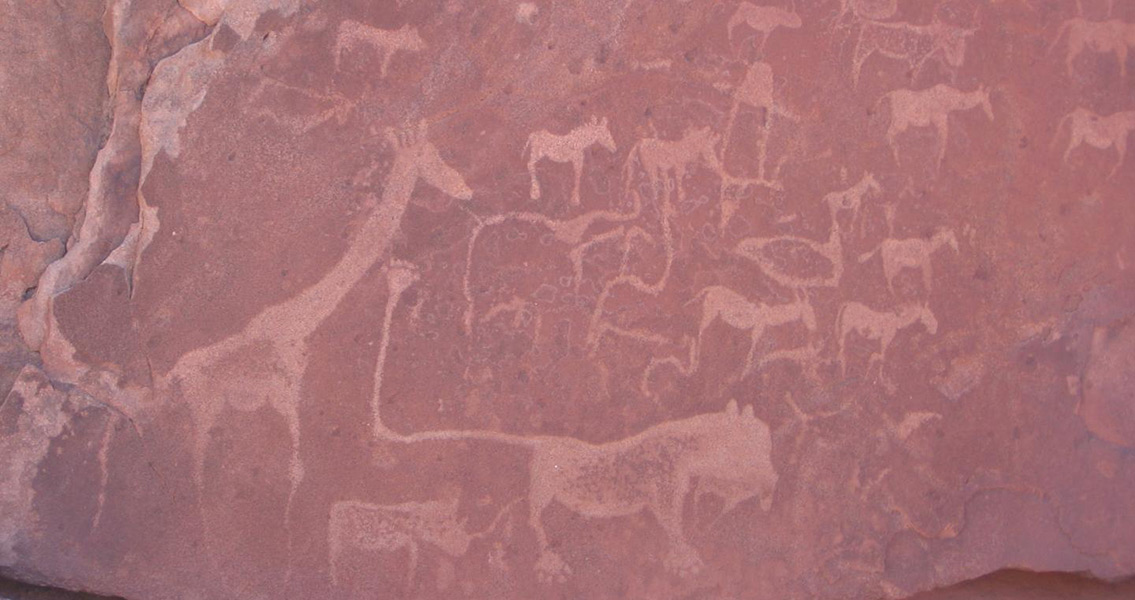<![CDATA[A new systematic study into the use of poison arrows among the San peoples of Namibia and Botswana has revealed additional information into the African hunter-gatherer tribes. In a press release from the University of Kansas, ecologist and evolutionary biologist Caroline Chaboo and her research team have announced a new paper on the history of the San, and the development of their use of poison-tipped arrows through modern times. The university assistant professor accomplished this by not only conducting field work with contemporary tribes of San hunter-gatherers, but also by seeking out historical records dating back to as early as the eighteenth century. The historical use of poison arrows among African peoples as a hunting technique is established fact within the academic community, as evidence for it has been present throughout several hundred years of history. Chaboo’s new research project however, is one of the first truly comprehensive ones into the subject. The research team sought to gather data expansively in a multidisciplinary endeavor that combined anthropology, entomology and chemistry to examine how poisons derived from plants and beetles were harnessed in order to enhance the San’s ability to hunt. As traditional hunter-gatherers, the San hold a unique place in human history, Chaboo remarked in the press release. She added that as her first-hand experience among the modern San educated her as to how endangered their cultures and languages were, and how their weak political status contributed to their increasingly tenuous existence, it became increasingly important to her to document their culture more comprehensively. Three colleagues helped Chaboo co-author the study, George Mason University’s Andrea Weeks, the University of New Mexico’s Robert K. Hitchcock, and the Kalahari Peoples Fund’s Megan Biesele. With the San primarily located within the Kalahari, the research team’s fieldwork involved extended stays within the desert region as well as synthesizing anthropological and historical accounts of the African hunter-gatherer tribes. Chaboo said that poison-enhanced arrow hunting was likely to have been adopted in the early days of the San, according to the team’s research. While it may be unclear exactly when the use of poison was indeed incorporated, ancient rock-paintings that have been linked to the San depict hunters using archery to bring down large game – animals such as warthogs, lions, giraffes, elephants and antelopes. The poison the arrows are tipped with, a paralytic sourced from beetle larvae, is slow-acting but effective; after a few hours, even the largest of animals will succumb to it, allowing San hunters – also expert trackers – to find and claim their prize. The team discovered that the preparation of the poison is taken seriously by the San, as the beetle larvae harvested by poison-makers – and the poison-tipped arrows themselves – are first prepared and then stored far away from the community to prevent accidental poisonings. The research study, which appears in the journal ZooKeys, can be found here. Image courtesy of KU News Service | University of Kansas]]>
New Study Reveals Poison Arrow Use in African Hunters
